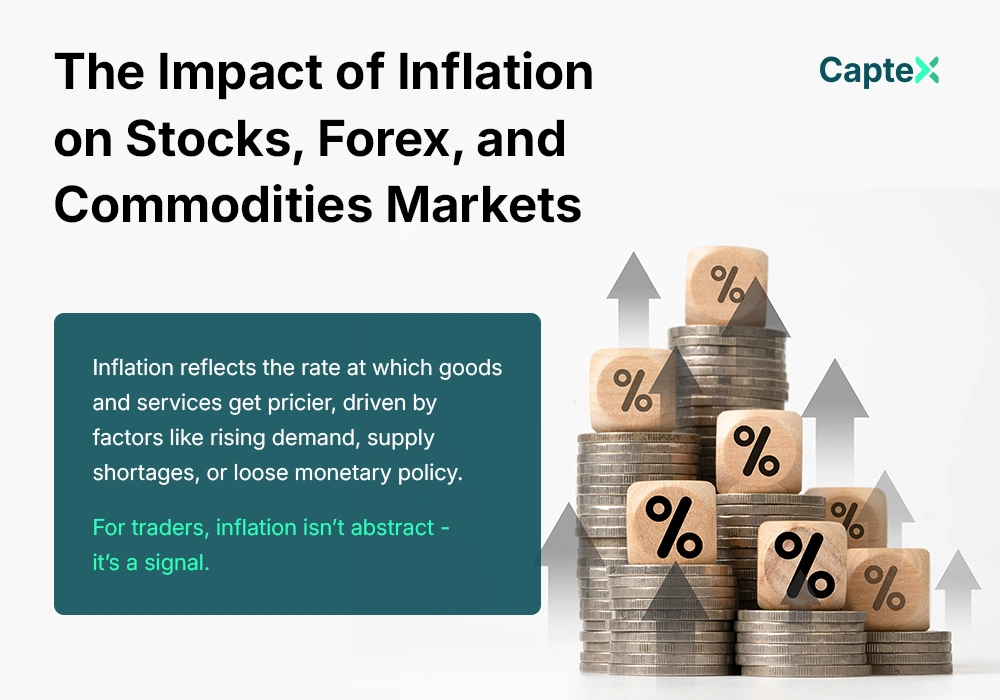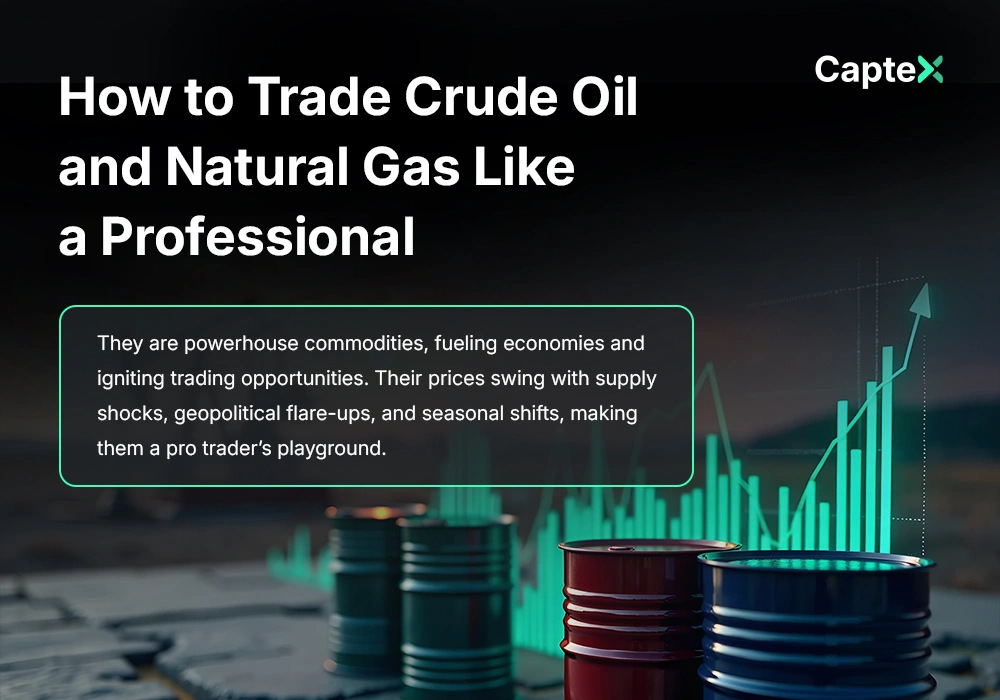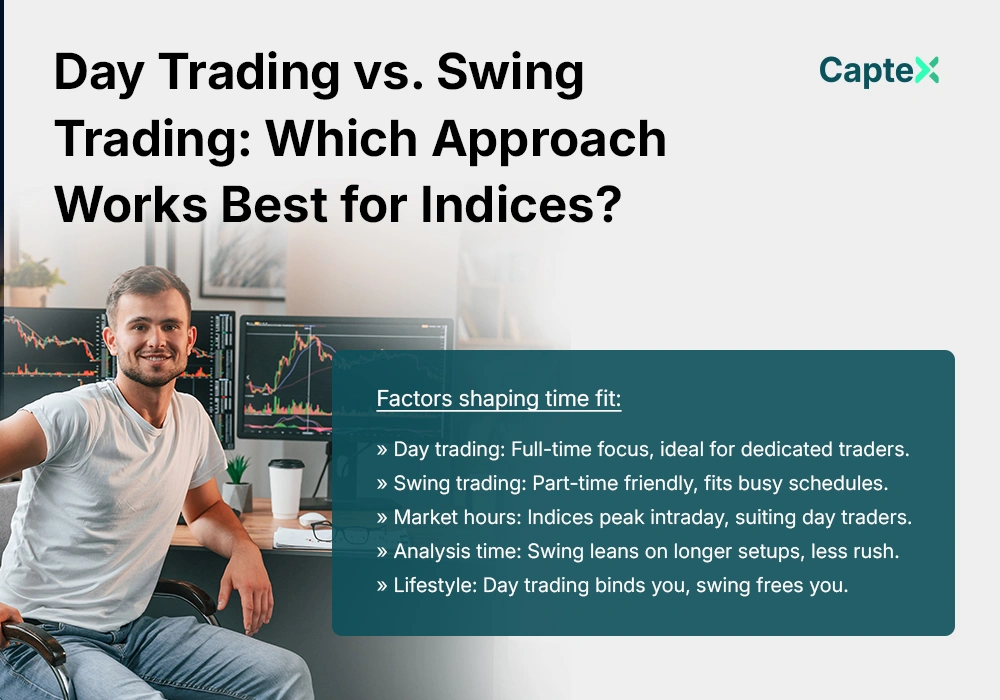Interest rates wield significant influence over financial markets, shaping trading opportunities and risks. Understanding the impact of interest rates on trading markets is essential for navigating the complexities of 2025’s online trading landscape. From forex to equities, these rates ripple through asset prices, affecting trader strategies and outcomes.
Platforms such as MetaTrader 5, Charles Schwab, and Kraken provide real-time access to markets influenced by central bank policies. Whether it’s a Federal Reserve hike or an ECB cut, interest rate shifts drive price movements that traders must anticipate and respond to effectively. This article examines how interest rates affect various markets and offers actionable insights for capitalizing on these changes.
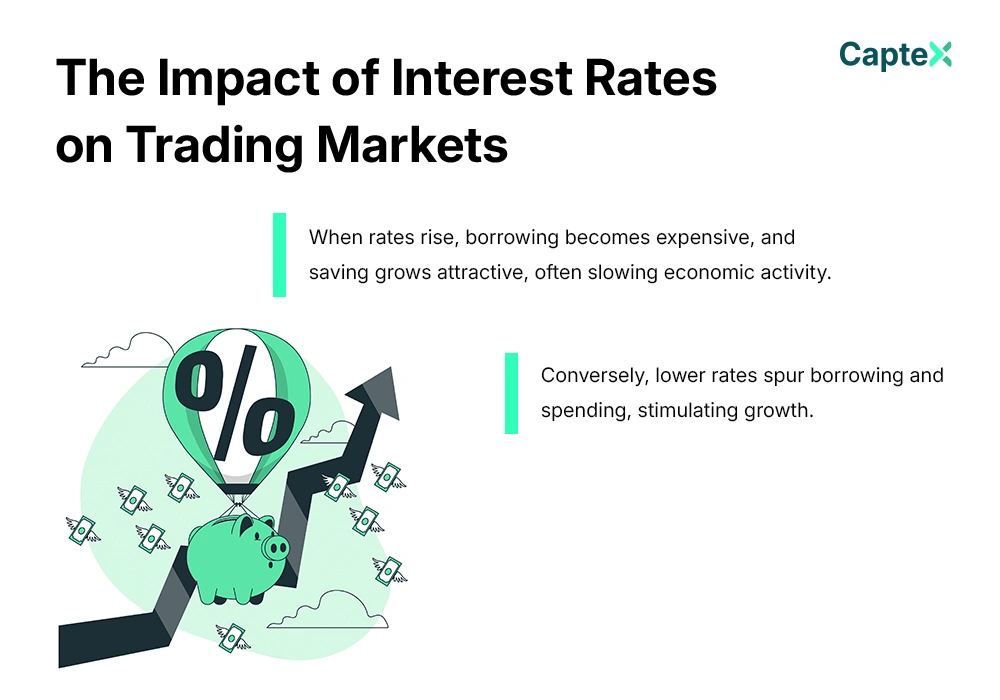
The Mechanism of Interest Rates
Interest rates, set by central banks, determine the cost of borrowing and the return on savings. When rates rise, borrowing becomes expensive, and saving grows attractive, often slowing economic activity. Conversely, lower rates spur borrowing and spending, stimulating growth. In 2023, the Fed’s aggressive rate hikes to combat inflation pushed the federal funds rate to 5.5%, altering market dynamics significantly.
These shifts influence asset valuations. Higher rates typically strengthen a currency as capital flows in seeking yield, while lower rates weaken it. Traders must grasp this interplay to predict and profit from market reactions.
Interest Rates and Forex Markets
Forex markets are acutely sensitive to interest rate changes. A currency’s value often correlates with its yield. In 2024, the U.S. dollar surged against the yen as the Fed tightened policy while Japan held near-zero rates—USD/JPY climbed from 140 to 150 in months. Traders who anticipated this differential profited handsomely.
Rate expectations matter too. A hinted ECB rate cut in 2025 could weaken EUR/USD, offering short opportunities. Forex traders thrive by monitoring central bank statements and economic data like inflation or employment figures.
Key Forex Impacts
- Currency Strength: Higher rates attract foreign capital, boosting the domestic currency.
- Carry Trade: Traders borrow low-rate currencies (e.g., JPY) to buy high-rate ones (e.g., USD), pocketing the differential.
- Volatility: Rate announcements spark sharp moves—EUR/USD dropped 100 pips after a 2023 ECB surprise.
Interest Rates and Equity Markets
Equities respond to interest rates through cost and valuation lenses. Higher rates increase borrowing costs for companies, squeezing profits—especially for growth stocks like tech. In 2022, the Nasdaq fell 15% as rates climbed, hitting firms like Tesla hard.
Lower rates fuel equities. A 2025 Fed pivot to cuts could lift the S&P 500, as cheaper capital boosts expansion. Dividend stocks, however, may lag as bonds compete for yield seekers. Equity traders adjust based on sector sensitivity.
Equity Market Effects
- Growth Stocks: High rates crush valuations—tech saw P/E ratios shrink in 2023.
- Defensive Stocks: Utilities or consumer staples hold firmer, as seen in 2024’s rate hikes.
- Market Sentiment: Rate cuts signal optimism, driving rallies like 2021’s post-COVID surge.
Interest Rates and Commodities
Commodities feel the rate ripple indirectly. Higher rates strengthen the dollar, often depressing prices—gold dropped from $2,000 to $1,800 in 2023 as the USD rallied. Oil, tied to economic activity, slumped in 2022’s tightening cycle as demand forecasts weakened.
Lower rates reverse this. A 2025 easing might lift gold to $2,200 as the dollar softens, while oil could climb if growth accelerates. Commodity traders watch rates alongside supply-demand fundamentals.
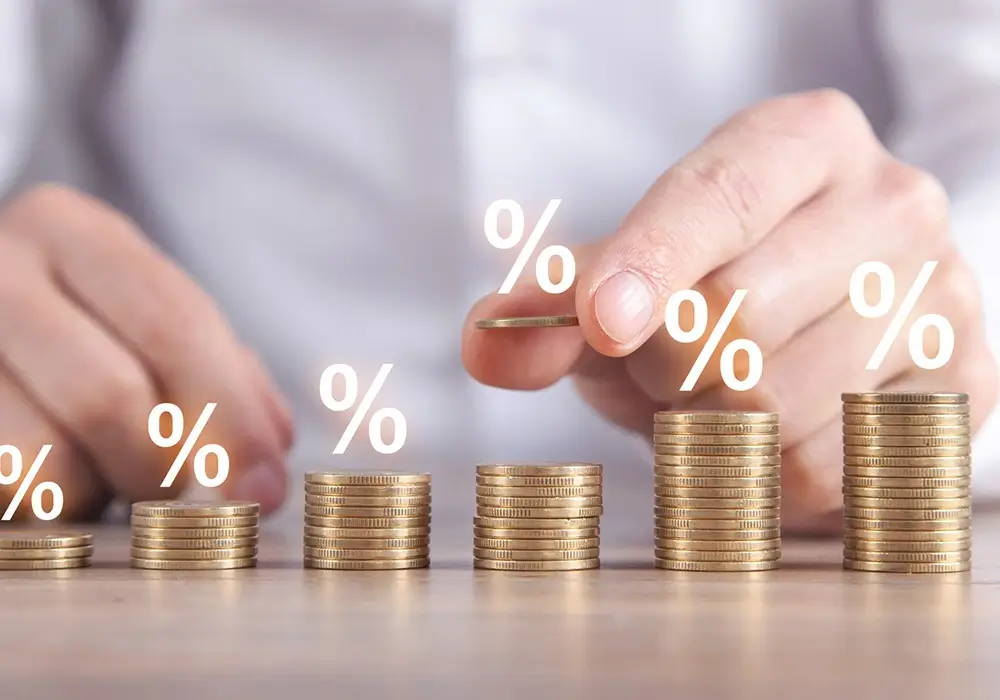
Interest Rates and Cryptocurrencies
Crypto markets, though decentralized, aren’t immune. Higher rates draw capital to traditional assets—Bitcoin fell 20% in 2024 after a Fed hike signaled risk-off sentiment. Leverage-heavy traders faced liquidations, amplifying the drop.
Easing flips it. A 2025 rate cut could spark a Bitcoin run past $80,000, as seen in 2021’s low-rate boom. Crypto’s speculative nature ties it to liquidity—rates steer the flow.
Tools for Tracking Rate Impacts
Technical tools complement. A 2024 forex trader used RSI to time USD/CAD’s overbought peak post-rate hike—sold at 1.40, netted 50 pips. Pairing news with charts sharpens execution.
Strategies to Leverage Rate Changes
Adapting to rate shifts demands strategy. Here’s how traders can position themselves effectively.
- Forex Trading: Buy high-yield currencies pre-hike—USD in 2023—or short low-yield ones post-cut, like JPY in 2024.
- Equity Adjustments: Shift to defensives (e.g., Procter & Gamble) during hikes; chase growth (e.g., Nvidia) on cuts in 2025.
- Commodity Plays: Short gold on rate spikes—$1,900 in 2023—or buy oil on easing signals, as in 2021’s recovery.
Risk management remains critical. A 2025 forex trader might risk 1%—$100 on $10,000—on EUR/USD, with stops at 50 pips, guarding against rate-driven whipsaws.
Anticipating Rate Movements
Central bank signals guide the game. Fed minutes, ECB pressers—words like “hawkish” or “dovish” tip trends. In 2024, a Fed pause hint lifted equities 5% in a week. Inflation data—CPI, PPI—sets the stage; a 2025 CPI drop could cue cuts.
Sentiment shifts fast. X posts in 2023 flagged a rate surprise—traders who acted beat the lag. Blend fundamentals with market buzz for foresight.
Building Proficiency
Mastery takes practice. Demo accounts on Charles Schwab test equity shifts—ride a 2025 rate-cut rally risk-free. Forex traders on MT5 might simulate USD/JPY post-hike, honing timing.
Start small. A $50 real trade on gold in 2024—short at $2,000, stop at $2,010—teaches feel. The impact of interest rates on trading markets sharpens with experience.
The Strategic Advantage
The impact of interest rates on trading markets is a trader’s roadmap. A 2025 forex trader might turn $500 into $1,500 on USD/CAD’s rate-driven climb, while an equity trader rides a post-cut S&P surge for 10%. Rates shape the field—play them right.


